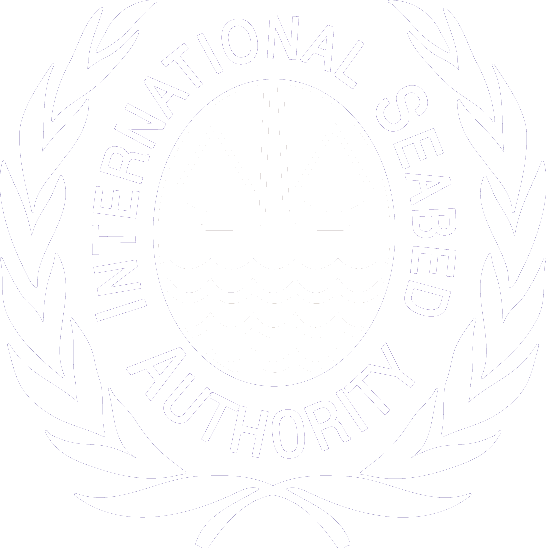The recent June 2013 taxonomic workshop in Wilhelmshaven, Germany identified various potentials for tackling the taxonomic gap and improving the biodiversity knowledgebase of the Clarion-Clipperton Zone (CCZ).
The workshop was attended by representatives from nine contractors carrying out exploration work in the CCZ and was supported by an expert team of taxonomists from the International Network for Scientific Investigations of Deep-Sea Ecosystems (INDEEP), led by Dr. Gordon Paterson, Department of Life Sciences of the Natural History Museum (UK); Prof. Dr. Pedro Martinez Arbizu, German Center for Marine Biodiversity Research and Dr. Lénaïck Menot, Ifremer (France) and also by image analysis, image management and geographic information systems experts.
Pending a complete workshop report, the potentials were identified as follows:
- Encourage contractors to provide additional high-resolution geo-referenced photographs and to grant permissions for reproduction;
- Develop a common protocol of best practices to collect specimens, including, inter alia, minimum standards of sampling intensity, the use of taxon-specific preservation methods and the involvement of relevant taxonomic experts;
- Foster cooperation between contractors for taxonomic inter-calibration, both locally and across CCZ. In this context, the recent joint biology-focused French-German cruise (Bionod) by IFREMER and BGR was pointed out as a successful example of cooperation;
- Develop taxonomic capacity in accordance with the workshop aims to ensure that the standardisation work is completed within a reasonable time frame. On-going taxonomic support of contractors may be provided through a clearing house mechanism with appropriate funding;
- Data management procedures and infrastructure must ensure that knowledge and images are available to all parties for further taxonomic classification. Spatial approaches are essential and any geo-referenced data must be kept in spatial databases, allowing for biogeographic analyses.
The workshop is the first of three and will focus on megafauna with two other workshops to focus on macrofauna and meiofauna in contract areas.
The objectives of the outcome of the taxonomic workshop on megafauna and the next two workshops on the taxonomy of macro and meio fauna of polymetallic nodules is to advance the understanding of the biological component of environmental baseline data in exploration areas and the need for taxonomic standardisation in the CCZ.



